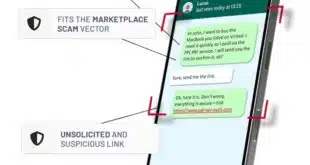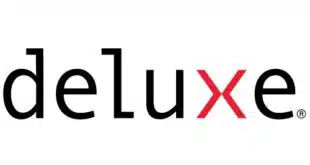Transactions consumers make online with PIN-debit cards?but without entering their PINs?will soar 40% this year, to an estimated 92 million payments, driven by rising biller adoption, an expansion of eligible biller categories, and increasing availability of the payment option among vendors that handle payments for billers, according to a new research report. The option, known as PINless debit, was for years confined to a handful of biller categories, including utilities, mortgage lenders, educational institutions, and government agencies. Now, the electronic-funds transfer networks that switch these transactions have opened up eligibility to such categories as rent, prepaid wireless bills, and home maintenance, creating new pools of potential transaction volume, says Jennifer Roth, a senior analyst in global payments at TowerGroup Inc., Needham, Mass., and author of a report on PINless debit released this week. Despite this growth, PINless debit remains a small part of the electronic payments business, accounting for less than 1% of all EFT transactions and 0.45% of bill payments, Roth's report says. But the potential for fee income from the product is prodding EFT networks not only to introduce new biller categories but also to allow recurring bill payment with the service. Discover Financial Services Inc.'s Pulse network launched a commercial recurring service last month (Digital Transactions News, Aug. 28), joining First Data Corp.'s Star network and Metavante Corp.'s NYCE system. Issuers in the networks earn interchange on each transaction, and the networks collect switch fees. Pulse, for example, levies a 6-cent switch fee for its PINless service, while its issuers earn interchange ranging from 12 cents to 55 cents on one-time payments and 12 cents to 45 cents on recurring payments. Roth tells Digital Transactions News the availability of recurring payments should start driving up PINless volumes in 2009, after biller-service providers, the processors that handle bill payments for billers, have had a chance to gear up their systems. These service providers themselves have had much to do with increasing PINless usage, since they have been able to sell the service to clients the EFT networks would not otherwise have reached, Roth says. A complicating factor for PINless debit, though, is that four of the largest debit card issuers?Bank of America Corp., Wells Fargo & Co., JPMorgan Chase & Co., and Wachovia Corp.?process some of their PIN debit volume through Visa USA's Interlink network, which does not permit the PINless option. This, says Roth, excludes a significant number of cardholders for PINless. Some industry observers have maintained Visa is hostile to PINless debit, arguing the network fears the option has the potential to siphon bill payments out of the Visa system. While not taking a position on PINless debit, Visa reinforced this perception two years ago when it set out a new transaction-routing policy after discovering some processors were converting Visa check card transactions to PINless debits (Digital Transactions News, March 4, 2005). With PINless debit, consumers pay bills at biller Web sites by entering their PIN debit card account numbers but not their PINs. Funds are guaranteed to billers, which must, in the absence of the PINs, bear the risk of fraud. Fraud losses, however, are generally very low, since companies in the allowed categories generally have extensive identifying information on their customers.
Check Also
Zoho Launches Zoho Payments In the U.S. Market
Zoho Corp., an Indian multinational software company, is launching Zoho Payments in the United States. …





